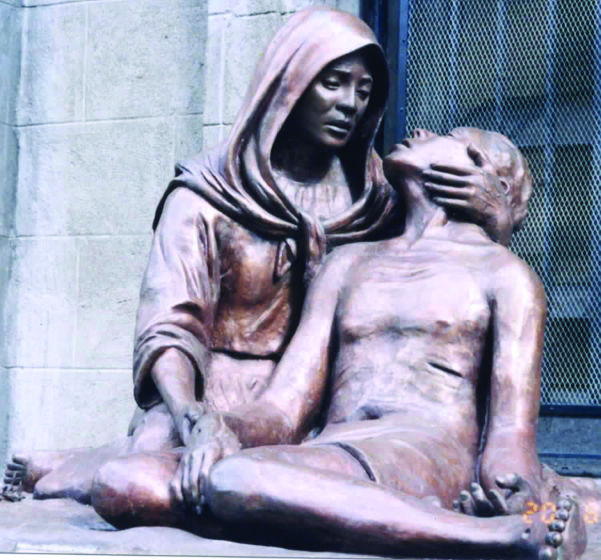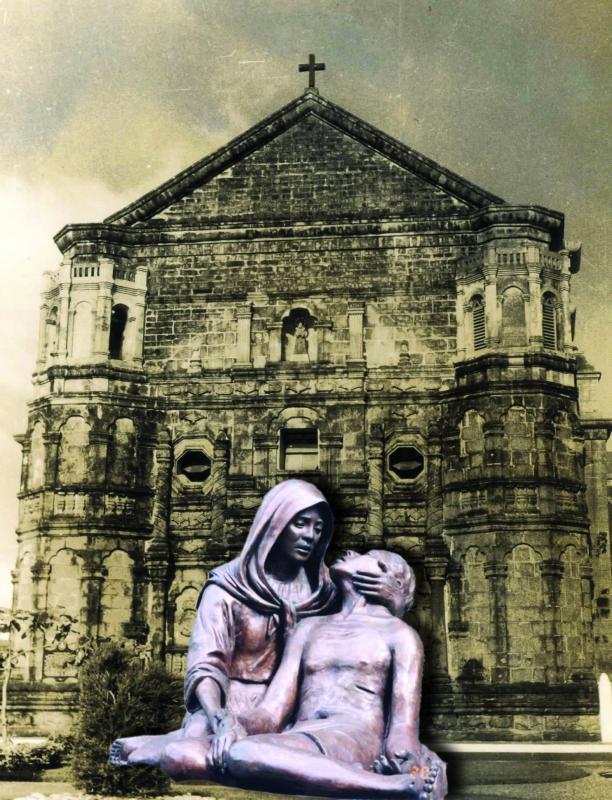The Columbans In The Philippines (1929-1950)
A book review by Fr John Schumacher SJ
Jesuit Fr Schumacher is a well-known historian of Philippine Church affairs. He has taken time out to do a review of the book: The Columbans in the Philippines (Vol. 1). It is a book which shows the extraordinary effect a small group of highly motivated missionaries can have, a book which gives encouragement to young Filipino missionaries setting out on the same task now to another countries.

The somewhat complicated authorship reflects the fact that Fr. Martin Noone, the book’s principal author, died in February 1998, and it was left to others to try to make known the fruits of his research. It is understandable then that this book is not a fully integrated and complete history of the Columbans, for Fr. Noone had not yet finished processing his research, but it is nonetheless a valuable contribution to the historiography of the 20th century Philppine Church, so far consisting chiefly of accounts of the various religious congregations of women and men, particularly those which came to the Philippines only in the 20th century.
Fr. Noone’s qualifications for the history were twofold. He was himself one of the first Columbans to go to Mindanao in 1938, and spent many years in the Philippines. Secondly, he had previously written a scholarly account of the early Spanish voyages to the Philippines, The Islands Saw It, and subsequently done a frank, scholarly biography of Irish Archbishop Michael O’Doherty of Manila, which profited both from his access to excerpts from O’Doherty’s now lost diaries, and Noone’s own personal acquaintances with many of the events about which he wrote, as well as extensive research in Ireland, USA, and especially the Philippines.

The present book, though in many respects more valuable, since the Columbans have worked in the numerous places in Luzon, the Visayas and Mindanao, could not achieve the same quality because of the death of the author. As the bibliographical data above indicate, the larger part of the book was written by Noone himself, though probably not in a final draft. Other parts are narratives of different Columbans in areas of which Noone did not have immediate experience, and there is an abundant primary material from the Columban archives in Ireland. Though unfortunately there is no preface indicating the precise way it was prepared for publication, the careful historian can note what is the backbone of Noone’s own narrative and what are compositions of other Columbans, which Noone had compiled but not yet fully integrated into his own narrative. Nonetheless, the editors have skillfully brought their materials into sufficient integration to give us a highly informative and readable, if not definitive, history of the Columbans, and of those parts of the Philippine Church in which they worked.
Among the more historically significant themes which emerge are the desperate need felt by many bishops for English-speaking priests; the important impetus given to the re-Catholicization of northern Mindanao, where even the decade earlier arrival of American Jesuits was proving totally incapable of reaching the constantly increasing number of immigrants; the enormous failure of the bishops until 1933, due to the opposition of the Apostolic Delegate Piani and the Spanish religious orders, to take advantage of the admittedly insufficient law permitting religious instruction in the public schools; the first abortive effort by Fr Ned McCarthy, in spite of the support of Protestant president Jorge Bocobo, to minister to the Catholic students of the University of the Philippines, beset as they were by a few key viciously anti-Catholic professors; the ecclesiastical opposition to McCarthy’s introduction of Catholic Action into welcoming non-denominational schools; the enormous success of his Student Masses in Sta. Cruz and Quiapo churches, where his English sermons reached 5,000 each Sunday at Masses celebrated by Filipino priests, but unable to preach in English, by then the language of college students.
Both ordinary readers, interested in the history of their Church and their country, and historians concerned to follow up and develop the many leads offered here, will find this book a treasure.
The book can be bought from the Columban Fathers at St. Columban’s, 1857 Singalong, Manila.
